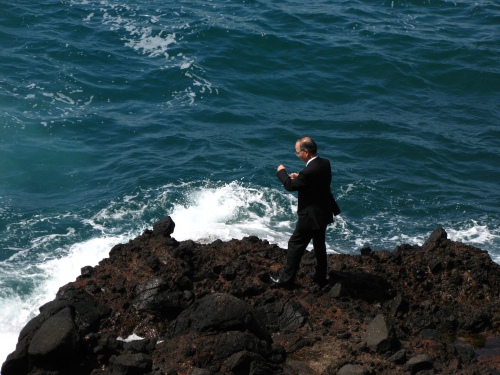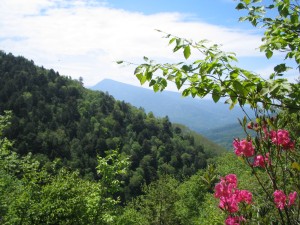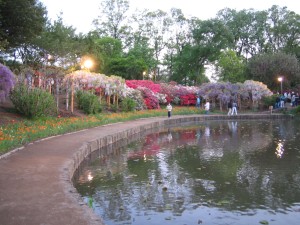I decided to log in to Japan Q&A today after (too) many months. It’s been so long that I couldn’t even remember some of my posts. So, as you can imagine, I was surprised to see all the inspiring comments readers have posted in my absence. I was truly touched, thank you.
For almost one year – probably one of the most difficult years of my life – I wrote blogs about Japan, my life here, my experiences, and my insights. I posted mostly for myself, to give myself a positive outlet for feelings I was not ready to deal with. When I grew healthy in mind and body, I left my blog behind, a beautiful reminder of how I was able to move on.

But, I have yet to share the most meaningful experiences I’ve had here in Japan, and the most interesting observations I’ve made. Something I had not realized up until this moment was that, by keeping this blog I was able to piece together memoirs of a Japan that I see only through my eyes and that exists only in my mind.
Someday I’d like to write a book, maybe a tale. A coming of age story of a girl who slowly discovers Japan, compares the culture to her own, but instead of contrasting the two, she learns to love both. Let me write about my experiences once again, to piece together the plot for this story. I no longer need a creative outlet for unspent energy, but I do need to remember the unending joy, the loneliness, and even the fear that I have experienced while living in Japan.
































